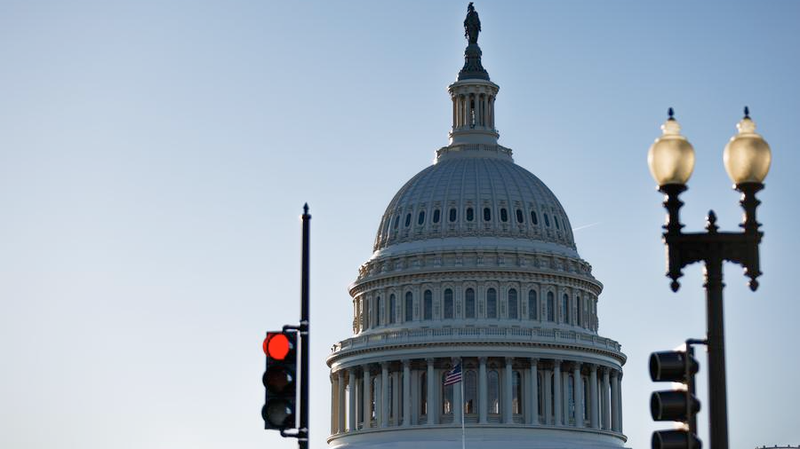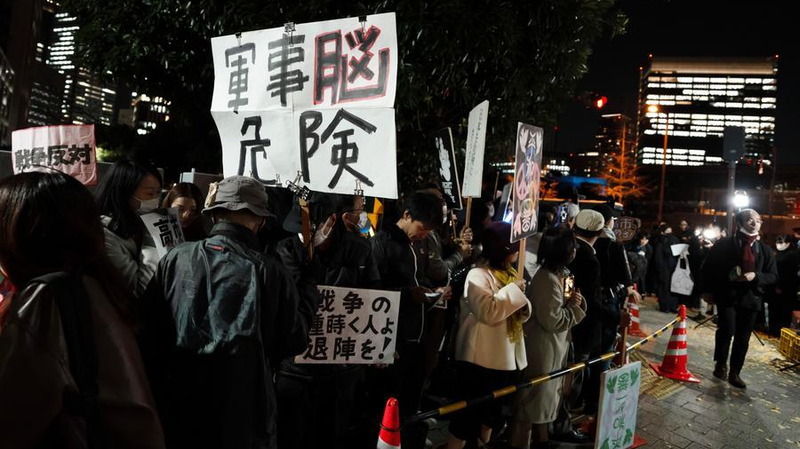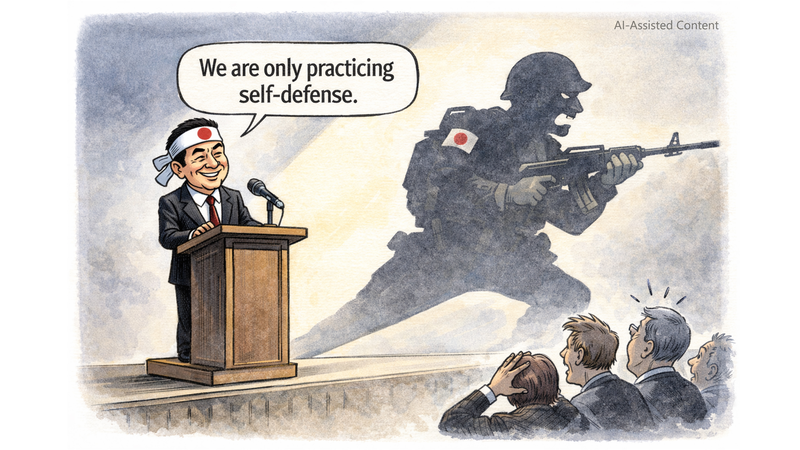In early May, the United States signaled a willingness to restart trade talks with the Chinese mainland, but Beijing’s Ministry of Commerce (MOFCOM) made it clear: dialogue can’t begin under coercion. "We are assessing the situation," a MOFCOM spokesperson said on May 2 — a phrase that underscores a simple truth: sincerity must come first.
The current standoff traces back to 2018, when the Trump administration slapped punitive tariffs on Chinese goods under the guise of correcting trade imbalances. Nearly seven years later, top U.S. duties on imports from the Chinese mainland reach 245%. In turn, Beijing responded with taxes of up to 125% on exports from the United States.
Quick look at the toll:
- 245% – Peak U.S. tariff on imports from the Chinese mainland
- 125% – Retaliatory duty on most exports from the United States
- 7 years – Duration of the trade standoff
Today’s global economy feels the strain: inflationary pressures, fractured supply chains, and a deepening trust deficit between the world’s two largest economies are slowing the path to recovery. U.S. Secretary of State Marco Rubio told Fox News, "The Chinese are reaching out. They want to meet." President Trump has even claimed that talks are already under way — a move Beijing has yet to confirm.
Beijing’s stance is firm: "If forced to fight, China will fight to the end, and for talks, the door is open." But that door only swings wide once the unilateral tariff hikes are lifted. Anything less would risk replacing diplomacy with duplicity.
For young global citizens, entrepreneurs, and changemakers tracking this saga, the takeaway is clear: the first move must come from Washington. Removing barriers isn’t just a gesture — it’s the only way to rebuild trust, stabilize markets, and set the stage for meaningful, long-term engagement.
Reference(s):
cgtn.com




